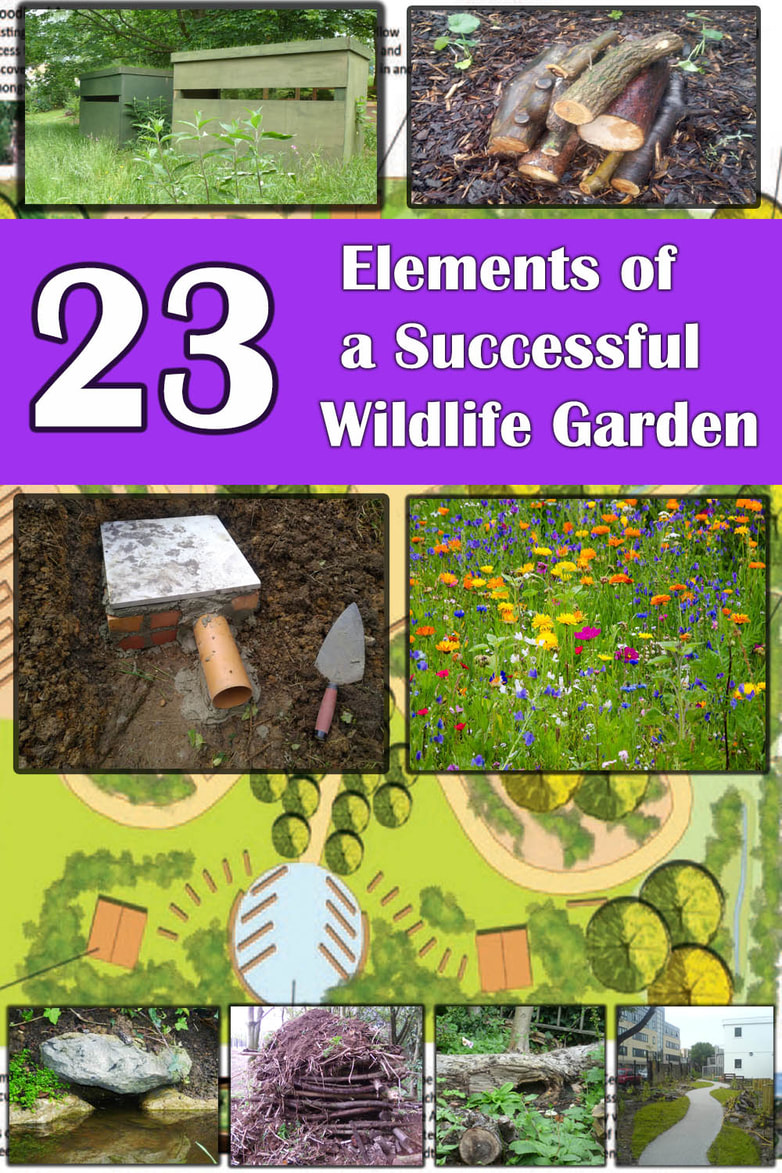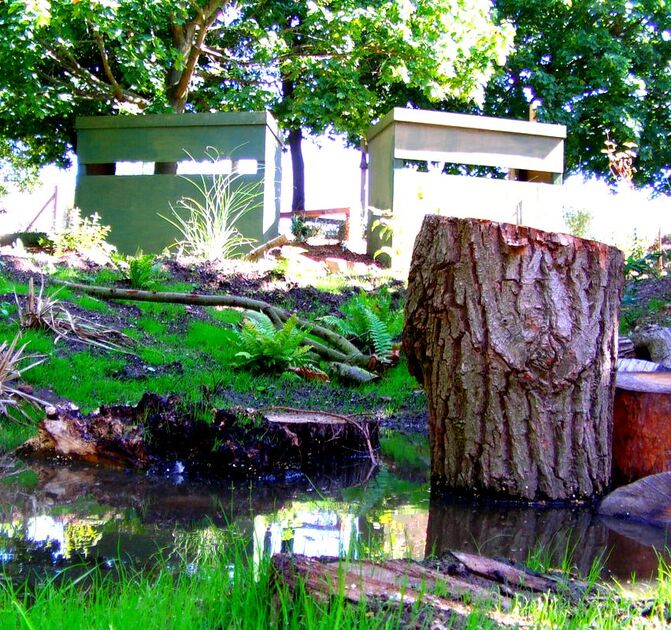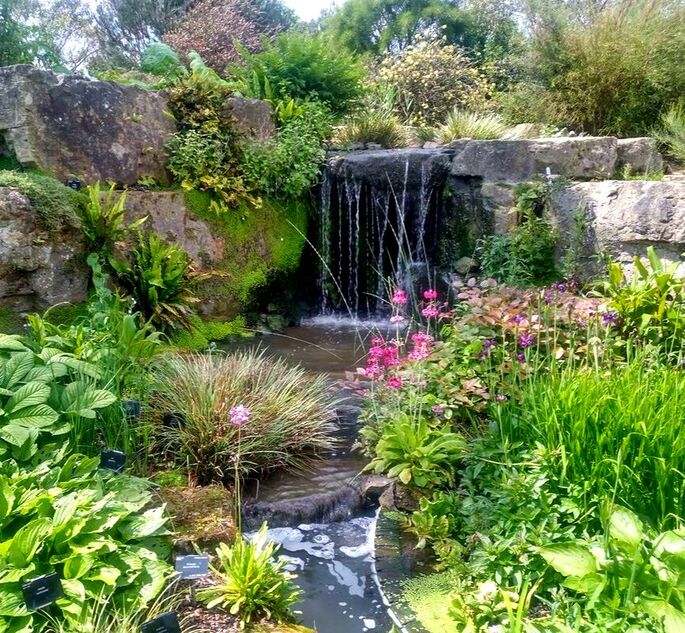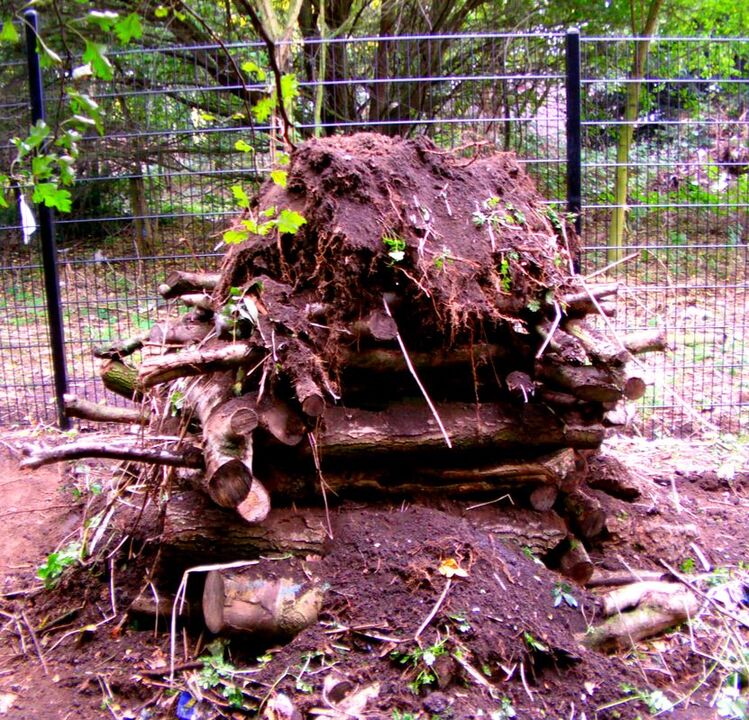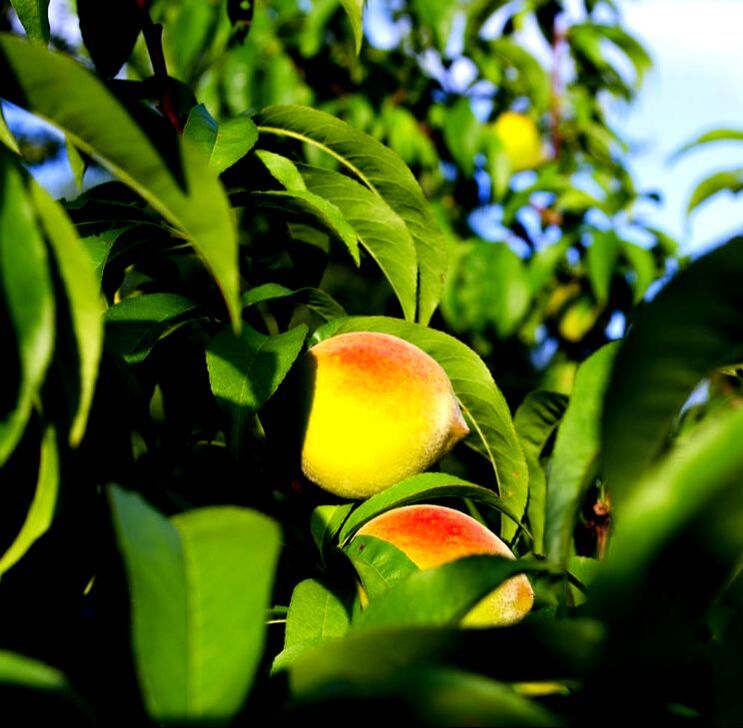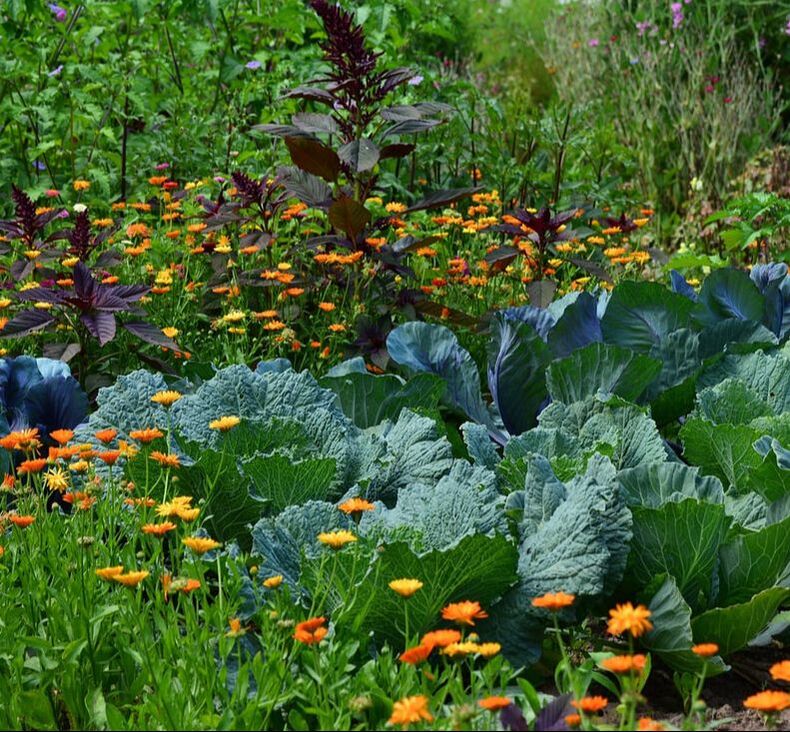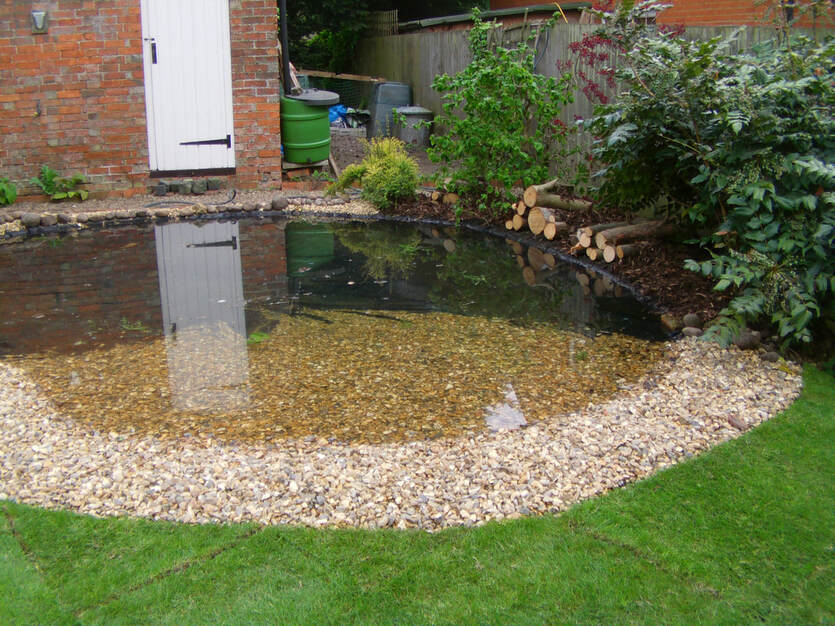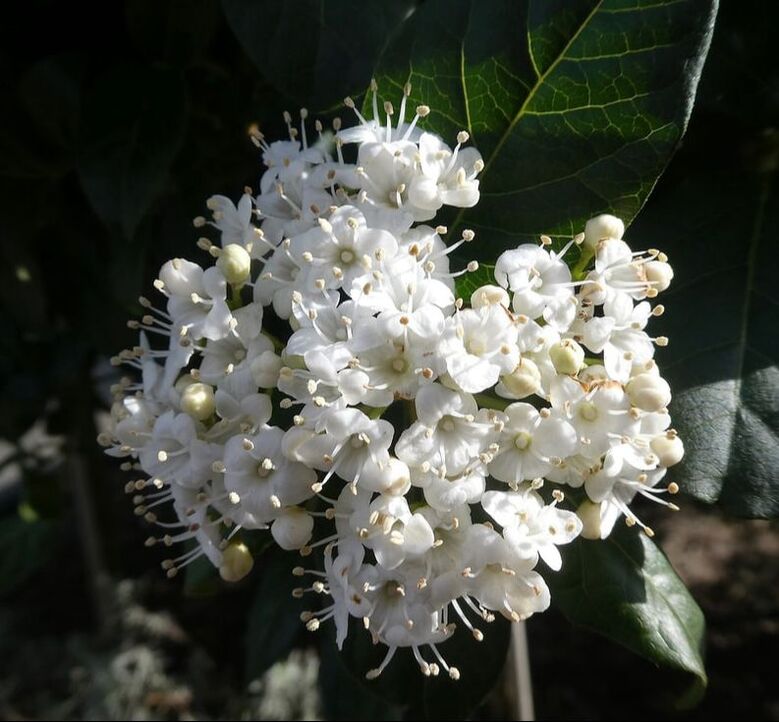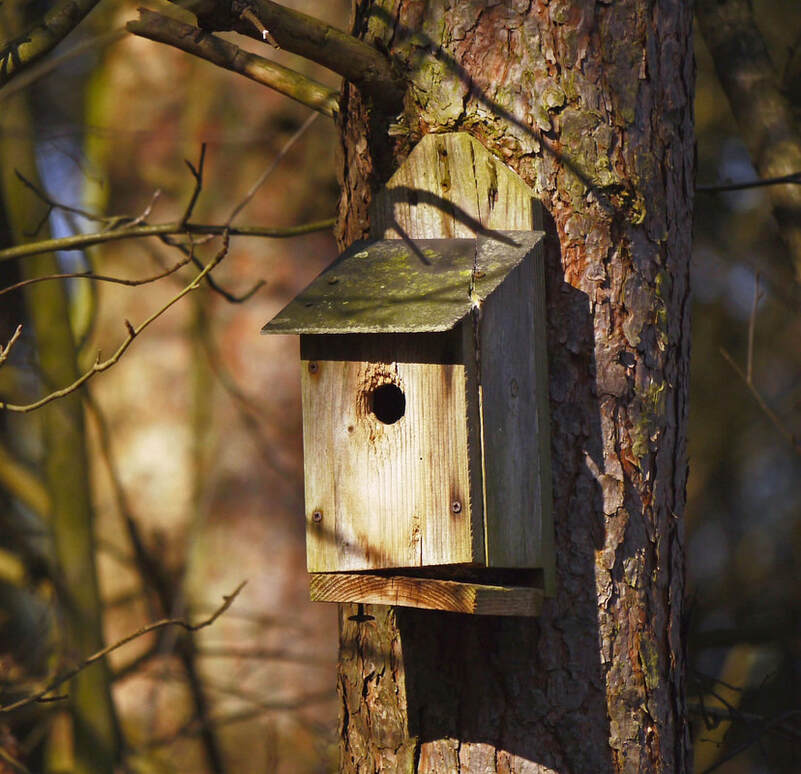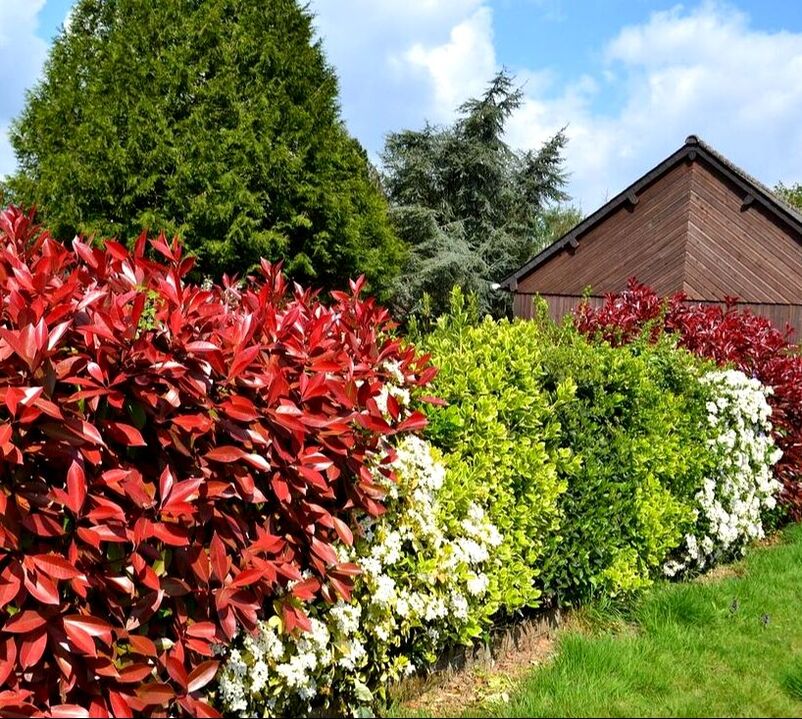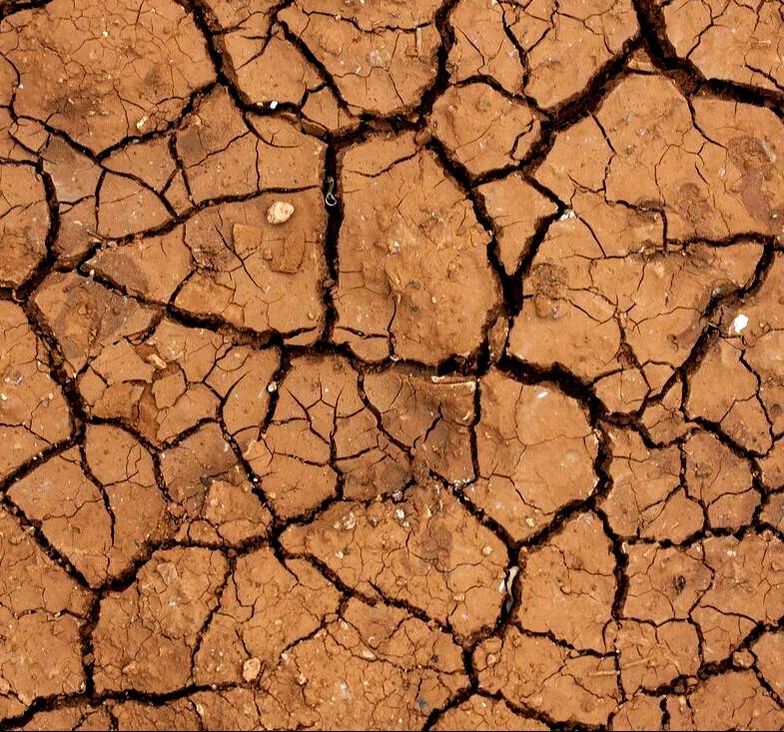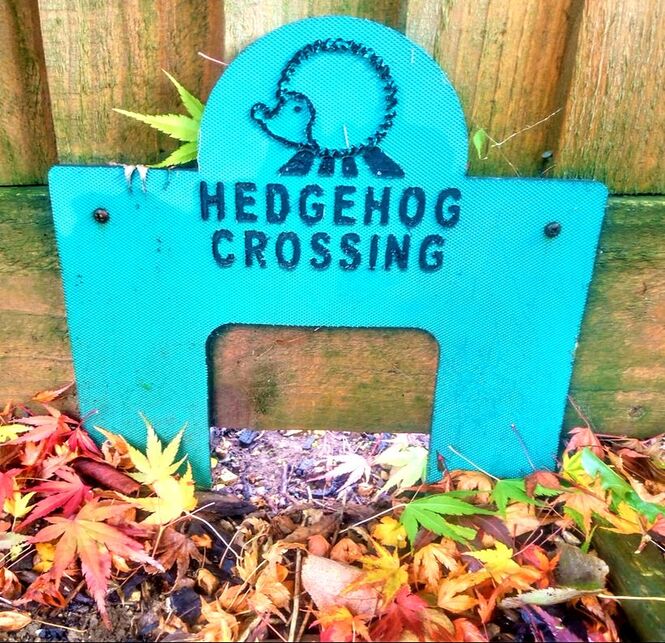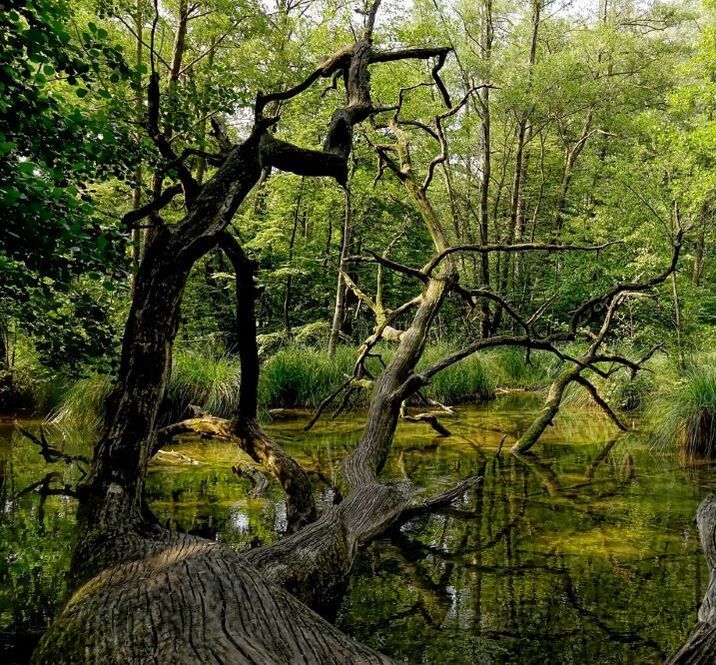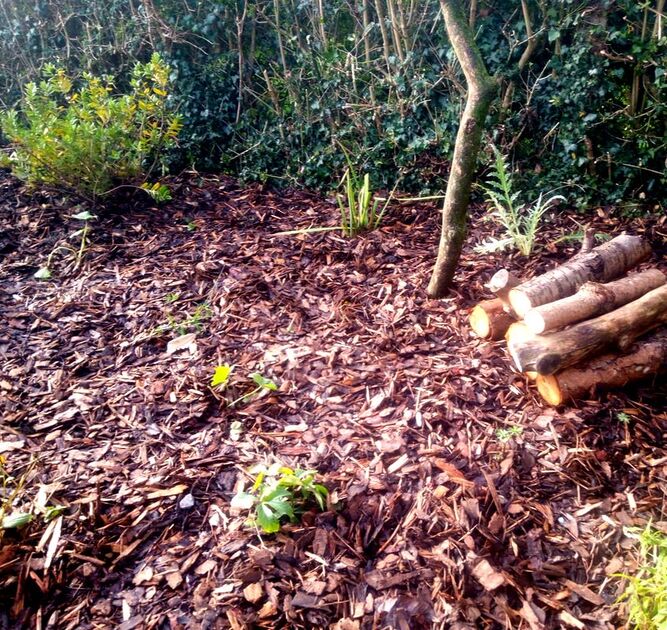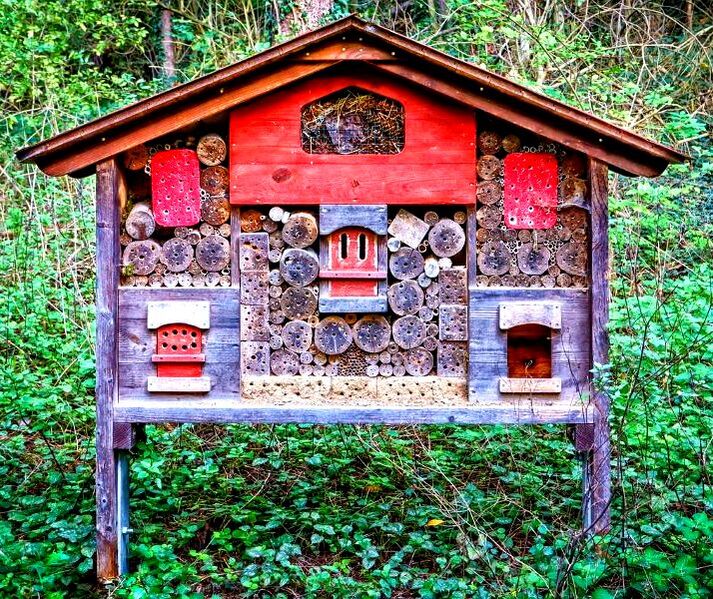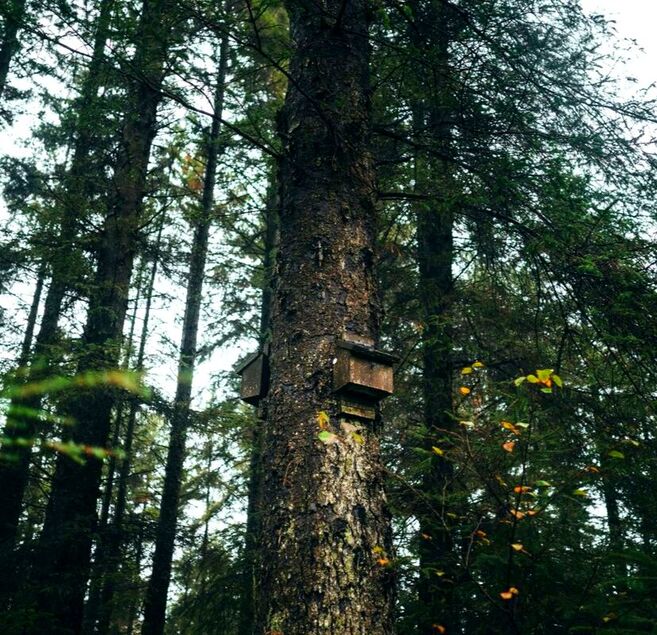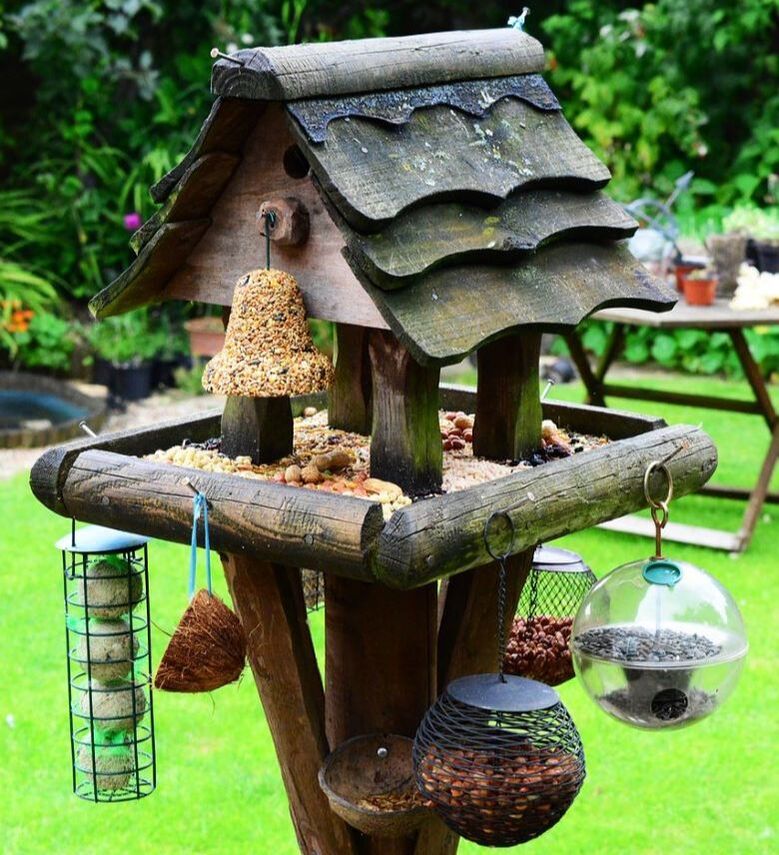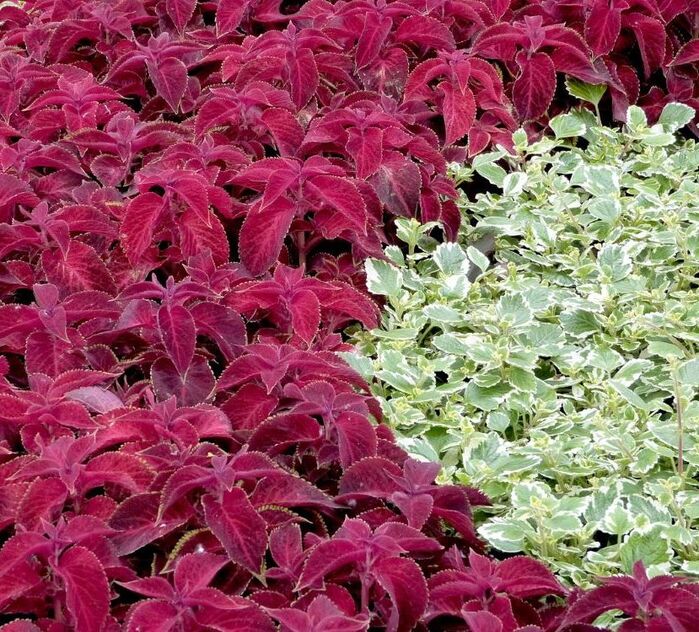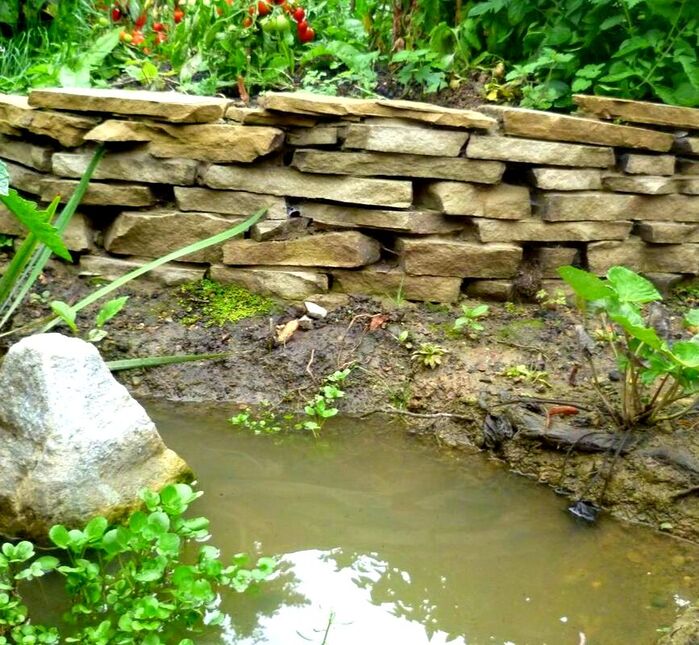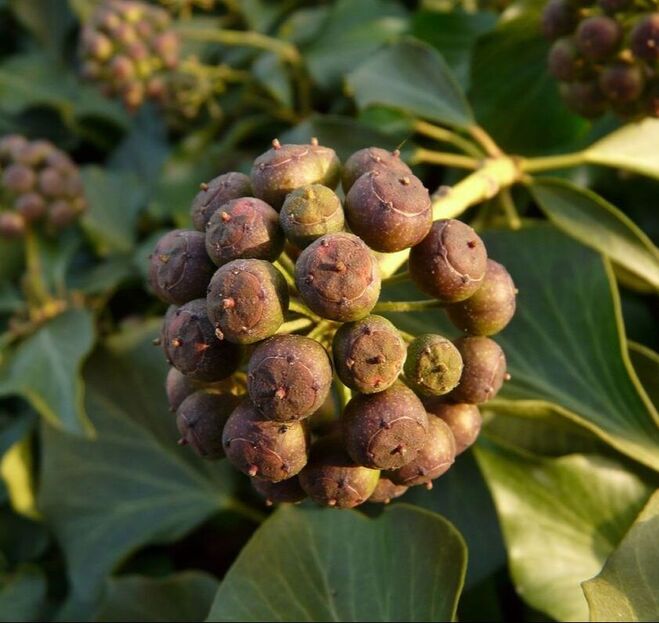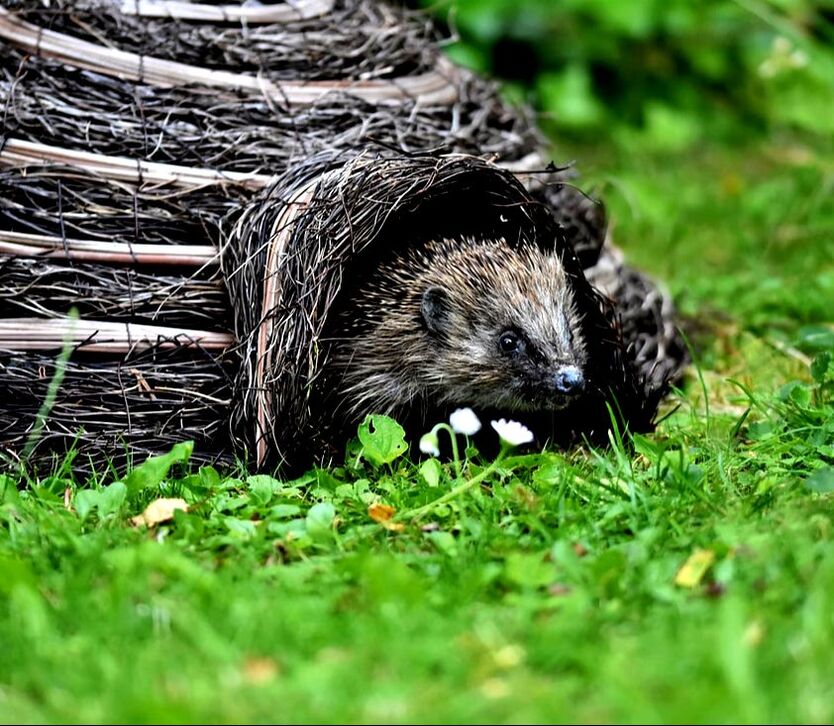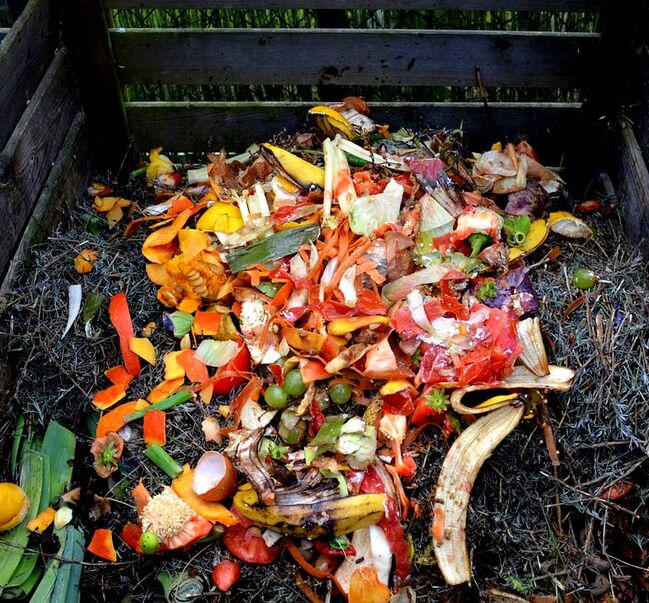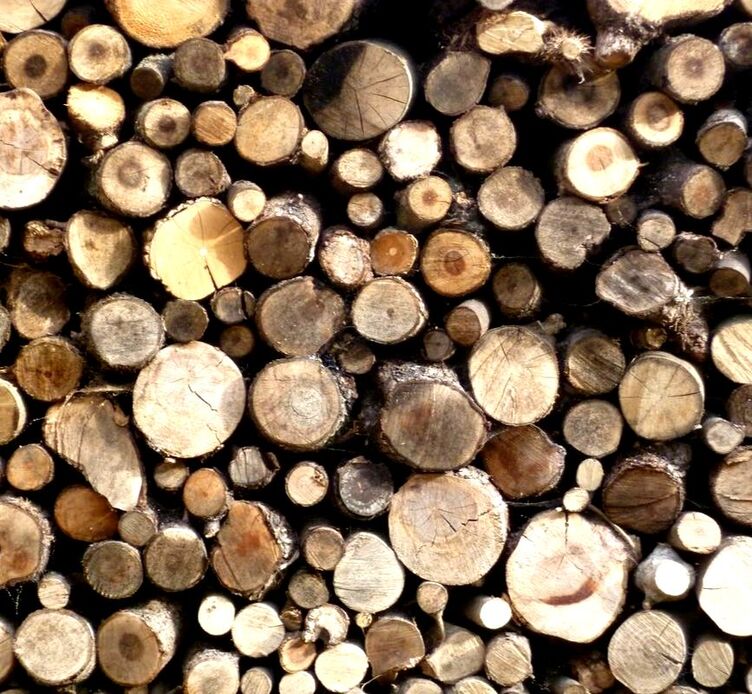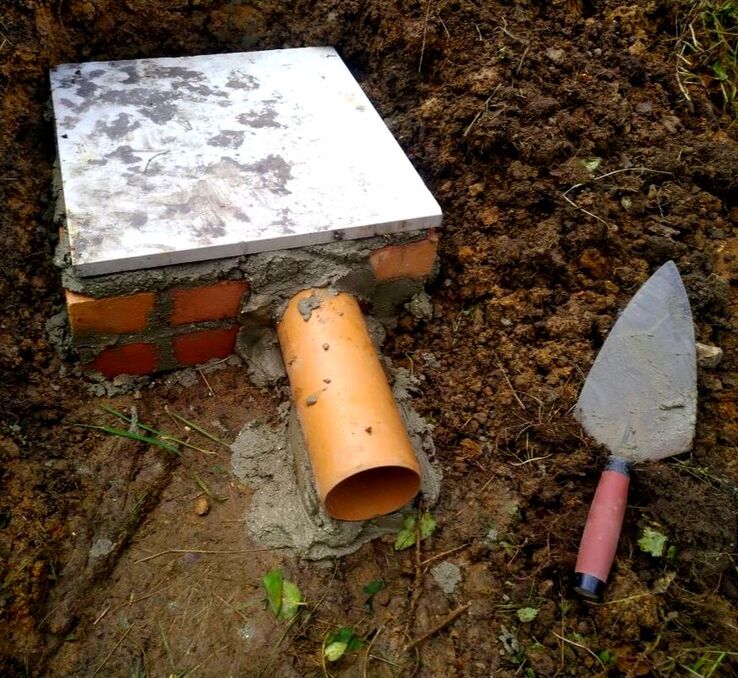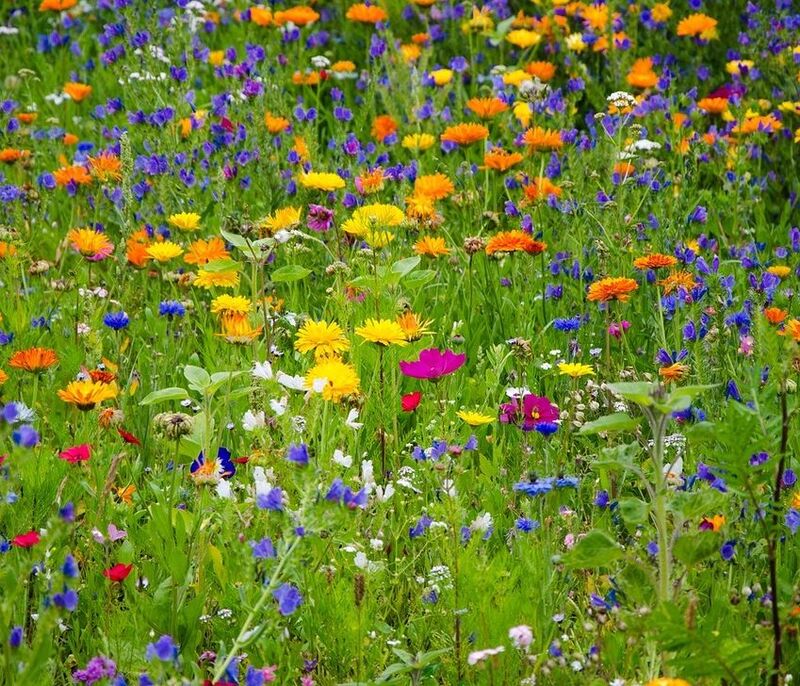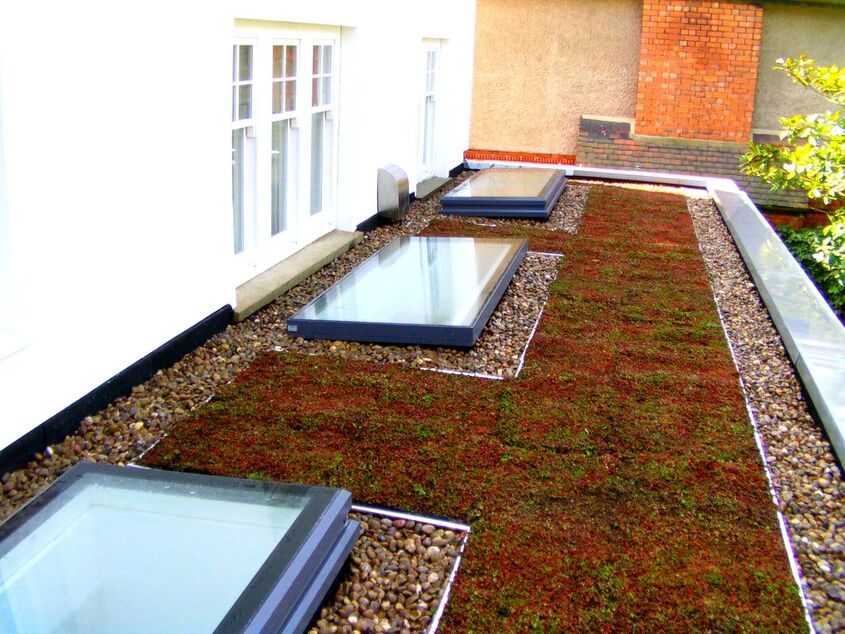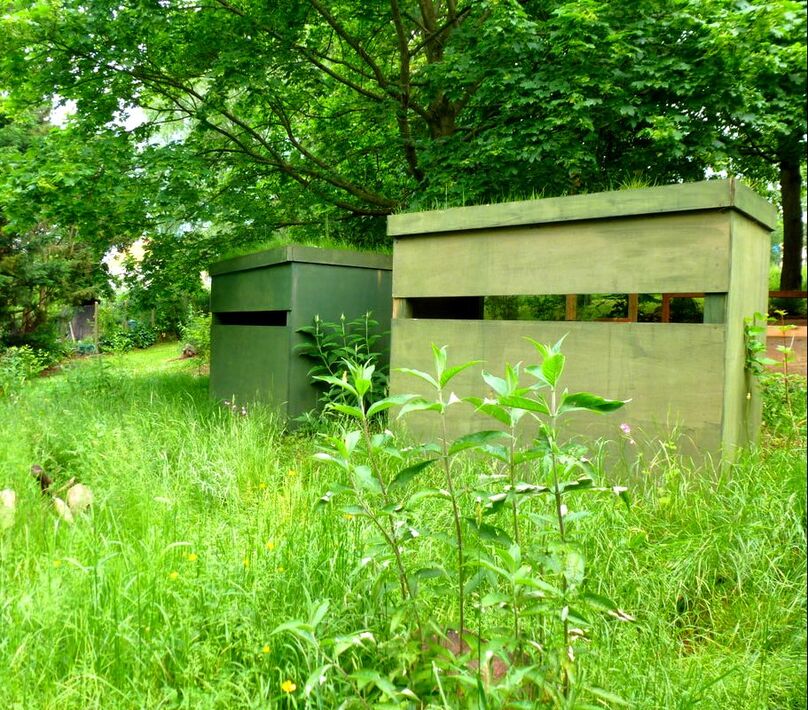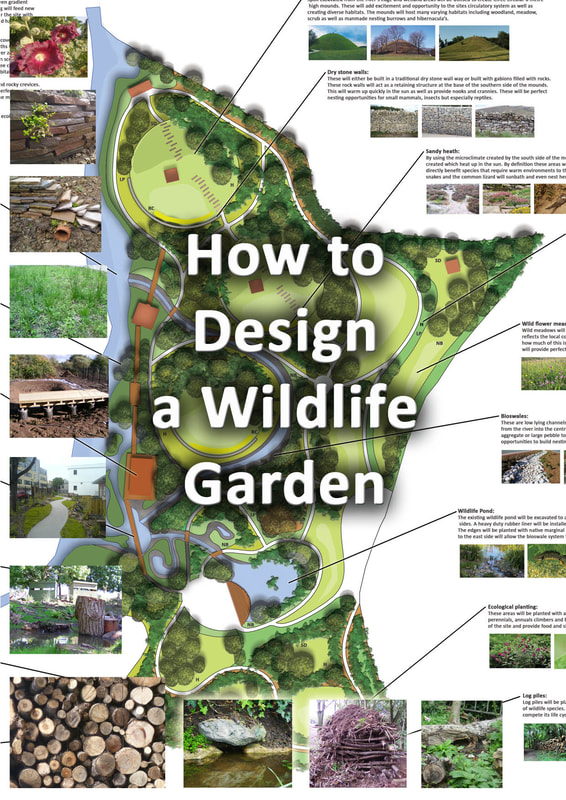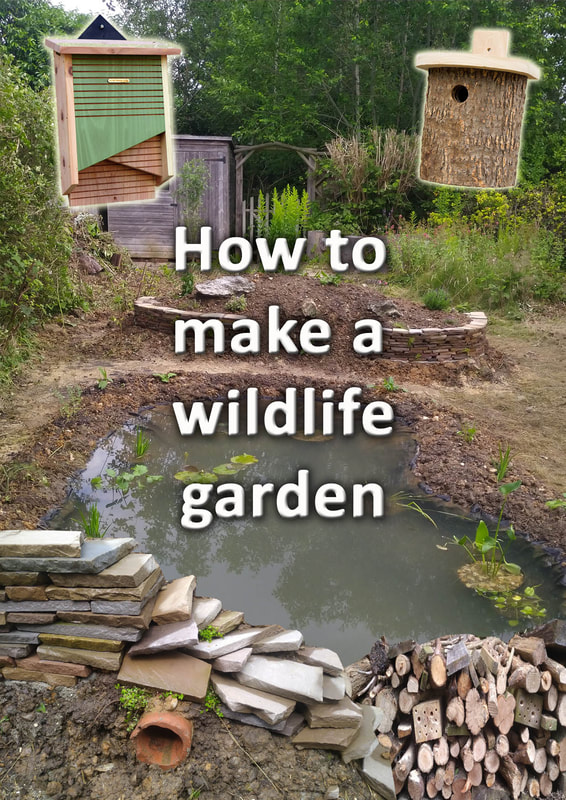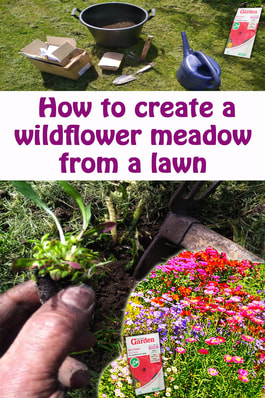|
This article contains affiliate links
There is nothing more exciting than making a wildlife garden and watching wildlife move in!
Perhaps you're a nature lover and want to create a wildlife haven in your backyard. Or maybe a gardener that wants to create more ecological balance for a healthier environment. Whatever your motivations, I have compiled a list of 23 ways to make your wildlife garden as rich and diverse as possible.
From implementing rare habitats to harnessing microclimate and providing shelter, you'll find it in this article.
By creating your own wildlife sanctuary from this list you will not only be creating a great garden! You will also be playing an important role in local conservation. So let’s dive in and discover how to bring nature closer to your home with our top 23 ways to make a wildlife garden. 1. Native plantingThe interdependence of native flora and fauna was long misunderstood and underestimated. Local wildlife has evolved alongside local plants and soils for millennia in natural balance. This makes choosing native plants for your wildlife garden of upmost importance. Local wildflowers, shrubs and trees will provide the perfect habitat for creatures in your region. Don’t forget there are also some non native pants also great for wildlife too! 2. Hibernacula’sHibernaculas are a collection of natural materials placed together to form nesting and shelter for garden wildlife. Layers of rocks, logs, vegetation and earth are piled up to provide cosy crevices for wildlife. Many small mammals, reptiles, amphibians and insects need such places to nest, breed and hide during the winter months. In the image below displays an example of a Hibernacula I built for a school wildlife garden in West London. 3. Fruit trees
Not only are fruit trees a great food resource, they are also extremely beneficial for wildlife. Being mainly smaller than most trees fruit trees are quite easy to plant in averaged sized gardens. As they blossom early during the spring, they produce lots of nectar for pollinators when winter reserves are depleted. During the summer and autumn they also provide a banquet for mammals and bird life. 4. Plant diversity
Although it is good to have plenty of native plants in your garden diversity is key for wildlife. Try to incorporate many different types of beneficial plants in your garden. A greater diversity of plants will mean a greater diversity of wildlife. Choose plants with varying functions such as; fruits, pollen, nectar, shelter, transitions and enclosure. Remember there are some non-native plants great for wildlife such as 'Butterfly Bush!' 5. Wildlife pondsWildlife ponds can really add an amazing boost to wildlife gardens! Not only do they provide a place for animals to drink they host a whole ecosystem of aquatic life. Some creatures require water to complete transitions within their lifecycles such as frogs and dragonflies. When it comes to wildlife ponds the larger the better however even a small pond will have a huge impact! 6. Evergreen shrubs
Although most deciduous trees and shrubs are beneficial to wildlife they can be very bare in winter. If your wildlife garden is devoid of vegetation during winter foraging animals may not feel as secure. This is especially so for birds and mammals trying to hide and feed during the leaner months. Evergreen shrubs can also provide some protection from cold and wet weather. 7. Bird boxesBirds naturally prefer to nest in dense vegetation and high in trees where they are safe from predators. A dramatic decline in forests however has led to reduced nesting opportunities for birds. Bird boxes provide an inexpensive and fast way to create nesting opportunities for birds. Boxes come in a range of sizes and styles to suit various species. Make sure you position your box correctly to increase the change of local birds nesting. 8. Mixed hedges
Hedges provide dense vegetation for garden birds to forage, feed and shelter. Hedgerows became extremely crucial habitats for wildlife after the felling of ancient woodland. Diverse and mixed hedges can include species providing a broad range of seeds, nuts and berries. Hedges also provide sheltered corridors where small creatures can travel safely and securely. Some suppliers sell native and mixed wildlife hedging specifically for wildlife projects. 9. Wet soil
Wet soil and mud may not seem like a likely addition to a wildlife garden. However, such habitats do occur extensively in natural landscapes and its importance as a habitat is underestimated. Wet soil and mud is used by many species of solitary bees and birds for building nests. This naturally occurring building mortar can also cater to the life cycles of specialised insects. Seasonally flooding soil and bare earth is a recognised and important habitat for many species of insect and invertebrate. 10. Fence openings
One of the biggest barriers wildlife gardens face is their potential isolation from other local habitats. This is not a problem for birds and insects but can be an issue for amphibians, reptiles and mammals. Therefore it is a good idea to create openings and tunnels under garden boundaries. This way, wild animals can have easy access to your wildlife garden. 11. Standing dead wood
Standing deadwood is extremely common in ancient forests and wild woodlands. When trees die they degrade slowly while still standing amongst the canopy. As the wood softens it becomes an extremely rich habitat for hundreds of species. Birds nest within nooks and crannies while specialised insects, beetles and invertebrates feed upon decaying wood. 12. MulchesMulching is the application of well rotted organic material to the soils surface. This feeds the soil, keeps it moist as well as protecting it from extreme weather. Such an organic mulch layer is naturally occurring in many woodland habitats. This organic layer becomes a rich habitat for decomposers and soil ecosystems. This leads to more food and abundance higher up your wildlife gardens food chain. Mulches can be made from collected leaves or bought in the form of bark mulch. 13. Insect hotels
Insect hotels are a collection of varying materials compiled together to create shelter and nesting opportunities for insects. These hotels come in a wide spectrum of different shapes and sizes. Many prefer to build their own custom insect hotels with waste materials. However, smaller insect hotels can also be bought online making a fun addition to wildlife projects. 12. Bat boxes
Bats are incredibly beneficial flying mammals and extremely impressive to watch fly. Historically bats relied upon rocky crevices, caves and old trees to roost during the day. However when old forests were cleared bats numbers declined greatly. Due to modern development and a lack of habitat bats need all the help they can get. Bat boxes are a great way to provide the vital roosting they need. 13. Feeding stations
Although wildlife gardens can produce a natural source of food adding feeding stations can really help certain species. This is especially so with certain species such as butterflies and birds! If there’s a specific species you want to encourage create a feeding station and provide its favourite food! 14. Ground cover planting
One of the most important planting types for wildlife gardens is groundcover planting. Groundcovers provide that dense vegetation for small creatures to pass through undetected. This is especially important for reptiles and amphibians which can fall victim to areal predators. Groundcovers such as Hypericum, Geranium, Aubretia and Bergenia are very effective in this regard. 15. Dry stone walls
Dry stone walls are characteristic of many old, rural landscapes in the north and West of England. Dry stone walls not only look very attractive they create amazing habitats for wildlife. The cracks and crevices provide safe quarters for a wide range of species. During sunny weather rocks heat up allowing reptiles and butterflies to sunbathe. 16. Seasonal flowers & Fruits
One of the most important factors when planting a wildlife garden is seasonality. Rather than choosing flowers which only flower in summer, aim for more seasonal interest. There are many plants which offer flowers and fruits at different times of the year. This can not only provide more seasonal food for wildlife but a more exciting garden for you! 17. Hedgehog homes
Hedgehogs are small, spiky mammals famous for their ability to roll into a perfect ball. Unfortunately hedgehog numbers have dramatically declined over the past few decades. This is mainly due to habitat loss and a lack of suitable nesting and hibernation sites. Hedgehog homes are a great way to provide these endangered creatures with the shelter they need. 18. Compost heaps
Composting is a great way to recycle organic material within your backyard. However, compost heaps can also be a real benefit to certain types of wildlife. As organic material breaks down it produces lots of heat. This can provide warm and moist places for reptiles to hibernate and raise young. The diverse range of insects and invertebrates which feed upon composting material can provide food birds and mammals. 19. Log piles
Log piles represent a very important habitat which has become increasing rare in recent times. Deadwood habitat was once common place within the landscape providing food and shelter for numerous creatures. Log piles can provide safe and secure places for wildlife to hide and feed. As logs break down over time they create food for decomposer species and help to enrich the soil. 20. Man made burrows
One of the main threats to garden wildlife is household pets and predation. Therefore it is best to include as much security within your wildlife garden as possible. A great way to do this is by building man made burrows. These can be simple brick boxes buried within landform or retaining walls. Specific species can be encouraged by the size of entrance holes and cavities. Below is an example of a hedgehog burrow I built on one of my wildlife garden projects. 21. Wildflower meadows
Wildflower meadows were once a common feature across the rural landscape. These rich and diverse grasslands were grown annually and harvested to feed farm animals during the winter months. The dense tapestries of wild grasses and wildflowers provided a rich habitat for wildlife. The thick vegetation provided plenty of food and shelter for invertebrates, insects, reptiles, small mammals and birds. Consequently, creating a wildflower meadow in your own wildlife garden can be extremely beneficial to wildlife! 22. Green roofs
Green roofs have become a great way to make use of otherwise disused roof space within urban areas. However such roof space can often be a missed opportunity within gardens. Sheds, storage units and garage roofs are perfect candidates to be fitted with green roofs in wildlife gardens. Such spaces encourage extra insect and bird life to your wildlife project. 23. Wildlife hides
Wildlife hides are by no means an essential element of a wildlife garden. However, they can certainly become the most enjoyable element for people. It is always beneficial to have some separation between people and wildlife. This allows wild creatures to feel safer and secure when people are around. A well positioned hide can add some extra interest and some fun wildlife garden encounters too!
Thank you for visiting or article on essential elements when creating a wildlife garden.
Below I will link to some of your other wildlife garden articles you may find relevant. If you are interested in our Eco and wildlife garden design and build services contact us here.
'As an Amazon associate I earn from qualifying purchases'
0 Comments
Leave a Reply. |
The Author
|
Landscaping services across Buckinghamshire, Amersham, Aylesbury & High Wycombe
Hyde Heath, Amersham, Buckinghamshire |
|
